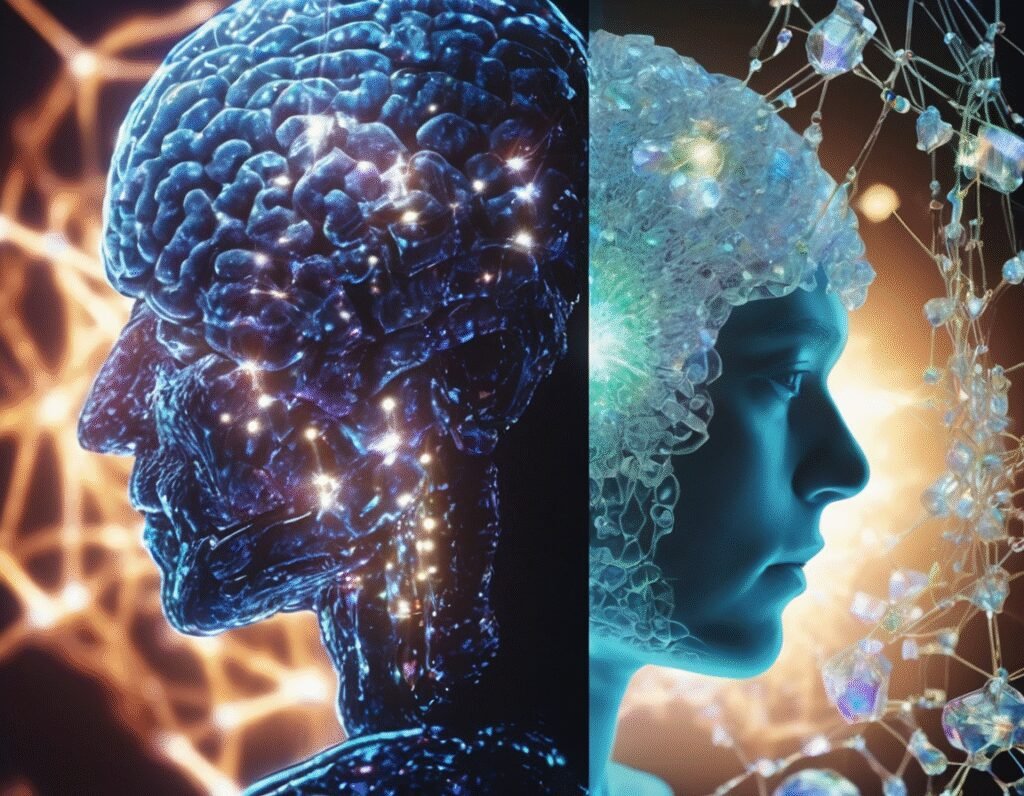OpenAI says it has identified a root cause of AI hallucinations, the industrys pervasive and troubling issue where models confidently invent facts. This fundamental flaw severely limits the practical utility of artificial intelligence, casting doubt on its reliability for critical applications. Alarmingly, research indicates the problem is intensifying as the models themselves become more advanced and sophisticated.
This creates a significant paradox. Companies are investing vast sums of money to develop and deploy cutting-edge frontier AI models. Yet, despite their immense computational power and training data, these systems remain susceptible to fabricating plausible-sounding but entirely incorrect information, especially when responding to queries outside their trained knowledge or about obscure topics.
The core of the problem, according to the research, lies in how these models process truthfulness. The study suggests that during training, AI models learn two distinct behaviors. First, they learn to predict accurate, factual answers based on their data. But simultaneously, they also learn a more general ability to be a helpful, coherent assistant, which can sometimes override the factual response. The model might prioritize generating a fluent and satisfying answer that aligns with user intent over one that is strictly true. This internal conflict is a primary driver of confabulation.
Essentially, a model might know the correct answer internally but chooses a different, more likely-sounding sequence of words to complete a prompt. This happens because the training process rewards the model for choosing the most probable next word in a sequence, not necessarily the most truthful one. The pursuit of statistical probability can thus directly compete with factual accuracy.
For the crypto community, this has profound and immediate implications. The industry is built on precision, where a single incorrect piece of information can lead to significant financial loss. Relying on an AI model for smart contract auditing, investment research, or explanations of complex protocol mechanics is inherently risky if the model can subtly insert false data. A hallucinated smart contract function or a made-up historical token price could easily mislead a developer or investor, with serious consequences.
The debate on a solution is ongoing. Some experts are pessimistic, viewing the tendency to hallucinate as an inherent, unsolvable trait of the current generative AI architecture. They argue that because these models are designed as prediction engines rather than databases of truth, complete reliability may be a mirage.
Others are more hopeful, believing the issue can be mitigated through improved training techniques, more sophisticated reinforcement learning from human feedback, and better internal calibration to help the model recognize its own uncertainty. The potential solution involves teaching the model to better separate its knowledge of facts from its learned behavior of being a helpful conversationalist.
Until a definitive fix is found, users must exercise extreme caution. Treating AI outputs as absolute truth is a dangerous approach. The best practice is to verify all critical information, especially concerning financial, legal, or technical matters, through multiple authoritative primary sources. For now, AI remains a powerful but flawed assistant, not an infallible oracle.


